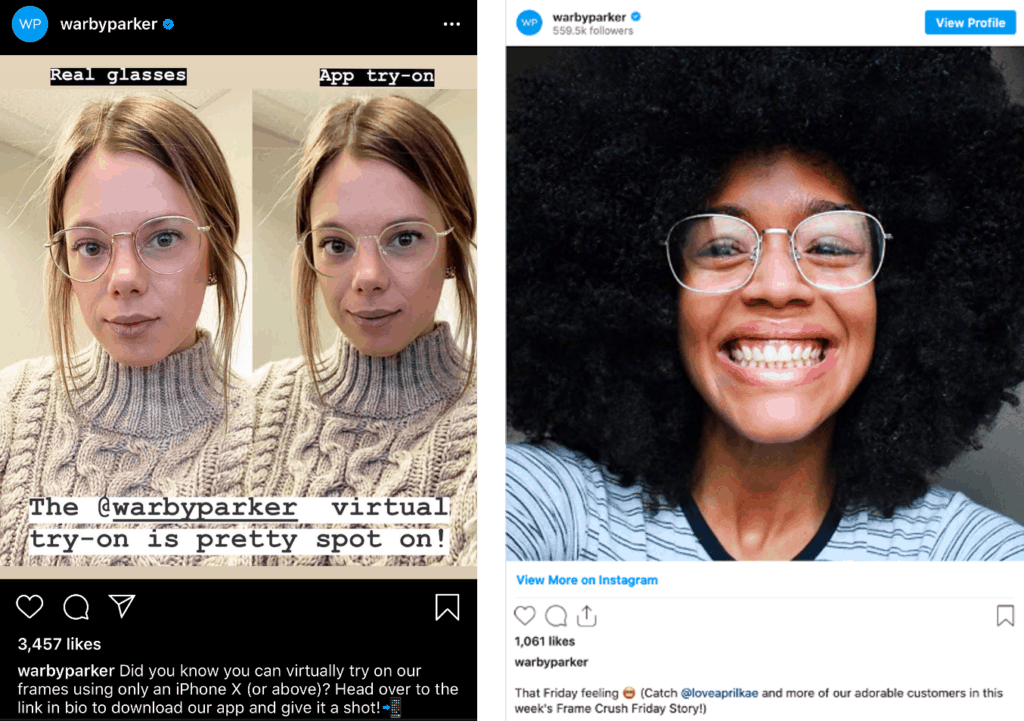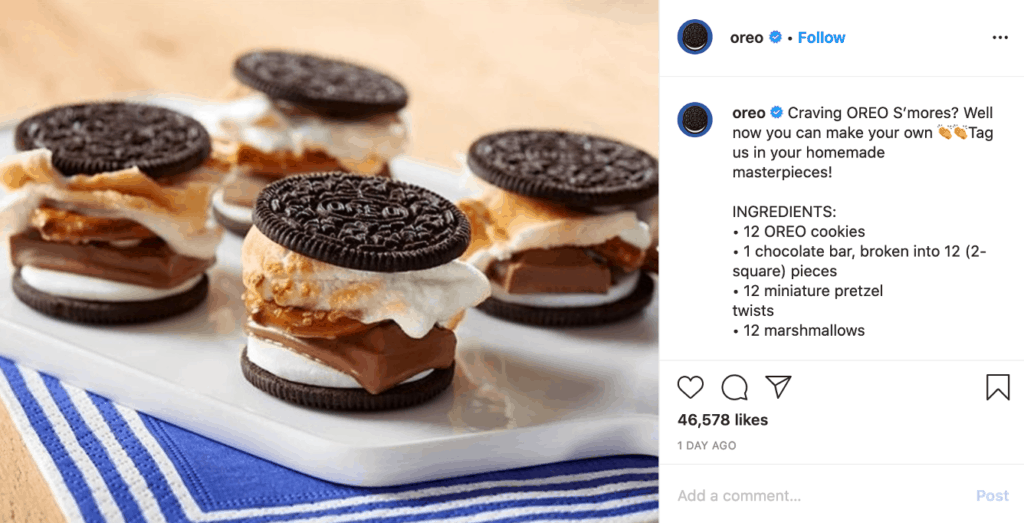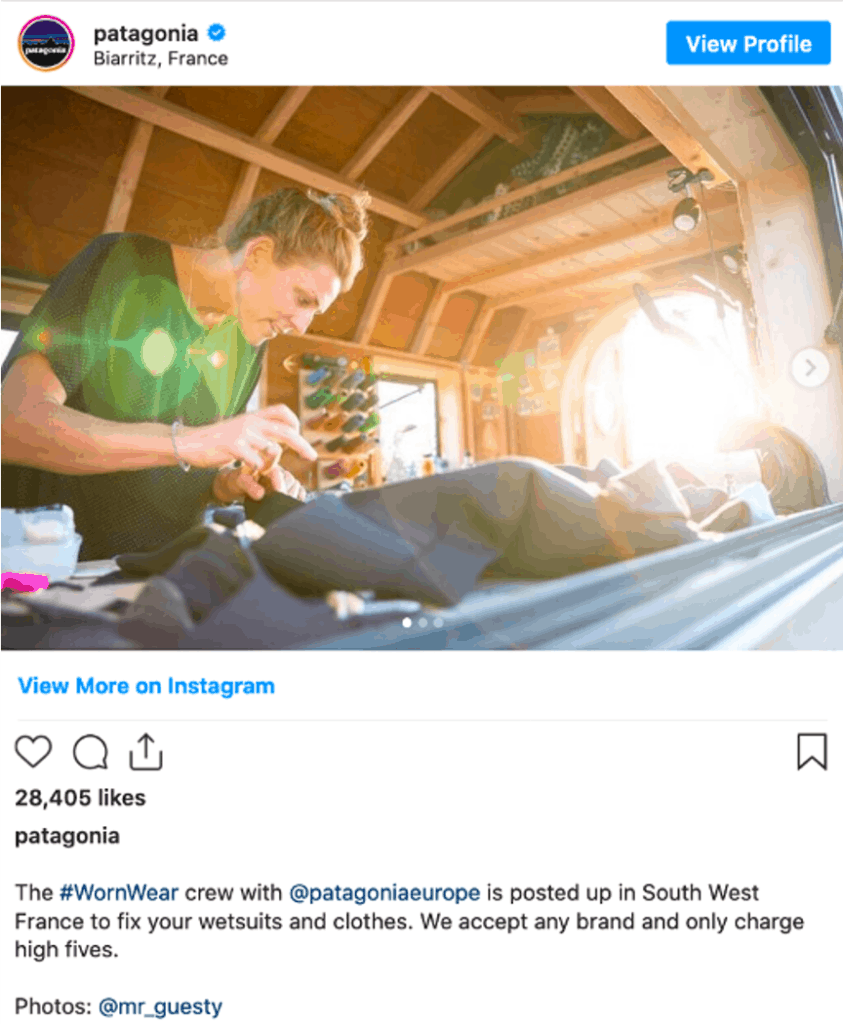Social media has undeniably changed the way we interact, communicate, experience the world and even shop! As humans, one of our basic needs is connection and this extends to the brands that we engage with as well. However, with an oversaturation of overly-photoshopped and perfectly curated content, more audiences are losing interest and searching for alternatives.
Far from being another buzzword, authenticity in the realm of social media represents a rejection of the notoriously fake and deceptive qualities that have defined social media marketing since the time of its inception. This calls for brands to showcase authenticity in the content they put out.
In fact, demonstrating authenticity on your social media platforms may seem simple in theory, yet a lot of brands still seem to be missing the mark. Brand authenticity is all about showing the real side of your brand to your audience.
What Is Brand Authenticity?
For a brand to be considered authentic, it needs to be perceived by their audience as reliable, real and committed to what they do. Authentic brands are rewarded with their audiences being emotionally invested in their successes and even willing to spend more money on them despite there being cheaper alternatives. Authentic brands also encourage brand loyalty from their audiences and tend to be more profitable.
This shift to authentic voices has to do with the emerging trend in which consumers are choosing to put their money into brands that embody the same moral, social and personal beliefs that they hold.
Being real is an essential part of connecting with your audience, especially now that consumers are seeking authentic experiences and holding brands accountable for their content. Brands now more than ever, need to prioritise their values and brand voice, communicate openly and honestly with consumers and take responsibility for their actions.
Why Is Being Authentic Important?

As more ad-exhausted audiences turn away from the endless stream of carefully curated content, brands that leverage on being real can break through this fatigue.
People are getting tired of anything that feels fake, overproduced or too commercial. Authentic social media marketing content is about being real and – which is no easy task for brands to take on.
Social media is all about connection. In fact, the driving factor for people to join social platforms is to connect with their peers, in addition to staying informed and getting inspired. Therefore the more authentic and real your brand comes off as, the more likely your audience will be willing to connect with you.
64% of consumers want brands to connect with them and see social media as the number one channel for brands to use in building these relationships (Source: SproutSocial). In fact, the majority of consumers say their loyalty to a brand increases when they feel connected. But how can brands be authentic in the way that their audience wants from them?
It’s Not As Difficult As It Sounds
1. Understand Your Audience
Taking the time to do a deep-dive into the minds of your audience is probably the best thing your brand can do when it comes to any aspect of marketing. Understanding your audience is crucial to your brand being authentic.
While it may be easy to identify the demographics of your audience, it is another thing to understand what your audience cares about, what makes them tick and what piqued their interest in your brand.
Uncovering these aspects of your audience when conducting audience research and gathering insights can guide your brand on the type of content your audience wants to see from you, and the aspects of your brand that can be leveraged on.

For example, if your brand is primarily targeting millennials and Gen Z, a brand such as Wendy’s can get away with relying on an informal brand voice that seems like a peer is posting content instead of a social media manager.
2. Feature The Humans Behind Your Brand
Audiences are becoming more interested in learning about the people who are behind their favourite brand and make it what it is. Specifically, they want content that humanises an otherwise faceless brand.
Showcasing your employees is also a way of connecting more deeply with your audience as it adds a human touch and makes your brand seem committed to the wellbeing of your employees. It also makes your brand more trust-worthy in the eyes of your audience as this kind of content usually provides a behind-the-scenes look at your brand.
Starbucks makes sure to constantly feature their employees (who they fondly refer to as partners!) on their social media platforms (Image: Starbucks). This shows your audience that your brand cares about your employees and values their dedication and service.

Regularly sharing content that spotlights your employees provides insight into your brand and its inner workings. Audiences that see how your brand uplifts and shows off your employees are more likely to form a positive image of your brand.
3. Feature Your Consumers
Many brands greatly underestimate the authenticity and influence that their audience can bring. According to a study conducted by Stackla, 58% of consumers globally agreed that user-generated content (UGC) was the most authentic form of content.
UGCs can build a warm, inviting and genuine social presence that isn’t just great for authenticity but also free up your social media budget. If done right, using word-of-mouth recommendations and customer advocacy in the form of pictures, videos and testimonials can encourage a greater sense of connection to your brand by seeing real people who love it.
Warby Parker for one makes sure to regularly feature posts from their audience on their own Instagram as well as their Instagram Stories on #FrameCrushFriday (Image: Warby Parker).

4. Focus On How Your Brand Can Help, Not Just Sell
Your brand also needs to be sure to not overly photoshop or use fake images of your products or services. This can extend to your product doing things or being used in a way that is unreal to what it actually is in real life. Content like this can cause a disconnect between your brand and its audience.
In fact, brands whose social feeds only feature hard-sell promotional content can alienate audiences. Instead, featuring helpful and informative content that is related to your product or service can seek to engage their audience more effectively. One such brand is Oreo.

Oreo’s social media platforms feature recipes that can be made using products instead of just featuring the Oreos by themselves. This allows its consumers to see their product as more than it is and be able to use this knowledge elsewhere.
Creating helpful and engaging content allows brands to forge a deeper connection with customers by encouraging brand loyalty and taking the bond past sales. When brands show that they care about more than their profit, the relationship becomes stronger, allowing brands to secure customers’ valuable attention and engagement.
5. Share Your Brand’s Values
If your brand is already leveraging on social media platforms, you will most likely have already adopted a strong brand voice and personality (Here’s how to create one if you haven’t already!)
Using social media as a way to share your brand’s value can attract your potential target audience and even drive conversions. Consumers are now becoming increasingly aware and interested in a brand’s social impact. In fact, it is one of the driving forces behind a consumer’s purchasing decision, especially among millennials.
According to a study, 87% of consumers said they would purchase a product based on the brand’s values and their affinity to the brand.
Brands that share their values and weave them naturally into their social media content are bound to seem more authentic and allow consumers to connect better if they share the same values your brand does.
Sharing your brand’s values can also serve to humanise a brand and encourage brand advocates. A brand that leverages heavily on this is Patagonia.

Patagonia is not afraid to proudly share who they are and what they stand for, and this has allowed them to be one of the leading outdoor sporting brands. Most of the social media content they put out showcases their company mission, vision, and/or brand values.
Patagonia effectively mobilizes their audience through their social media content by sharing relatable stories and promoting social issues that their audience strongly identifies with — in their case being committed to being environmentally-sustainable. When your audience aligns with your brand values, they while contributing to them and exhibiting them.
Take Off The Mask And Start Being Real

Brand authenticity should not be confused with sacrificing your brand voice or your professionalism. Investing in a social media strategy that values authenticity in every post or comment your make can directly impact your audience’s affinity to your brand and the amount of trust they put into it
As difficult as it may seem, the rewards of prioritising brand authenticity on your brand’s social media platforms will level up your social media strategy and guarantee your brand’s presence on social media.
— —
Hero image: Eaters Collective, Unsplash
